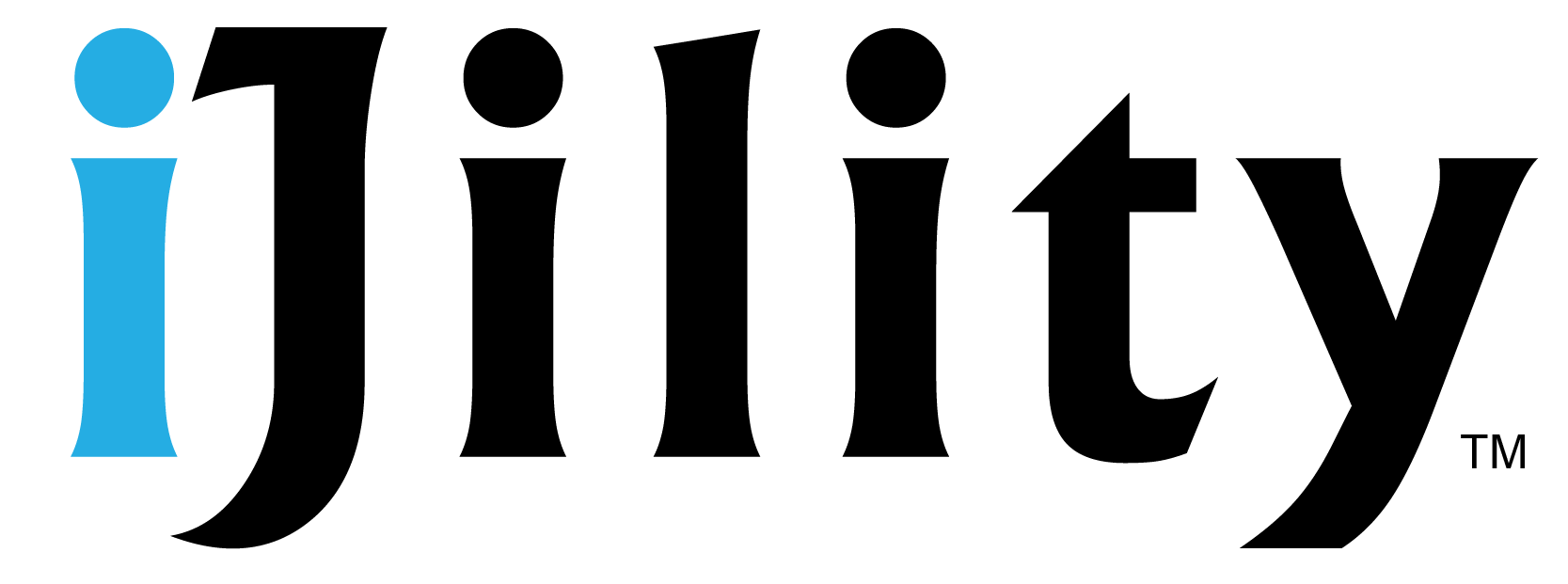
Workforce outsourcing is a mainstay in today’s business landscape. By leveraging the expertise of external professionals, companies can refine their core business operations, improving overall efficiency and productivity. Through strategic outsourcing, businesses can achieve cost savings, enhance operational efficiency, and maintain a strategic focus on their core competencies. However, successful outsourcing requires effective workforce management and alignment with business goals. A firm grasp of workforce outsourcing helps organizations understand its fundamentals, benefits, and implementation strategies.
Understanding the Fundamentals of Workforce Outsourcing
Workforce outsourcing is a strategic approach to business operations, where specific tasks are delegated to external professionals. By doing this, companies can streamline operations, enabling them to focus more on their core business functions. This is particularly beneficial for tasks such as hiring, payroll, and employee management. Through the expertise of outsourcing providers, businesses can optimize their workforce planning strategies and enhance overall efficiency.
The key objectives of workforce outsourcing include cost optimization, operational efficiency, and strategic focus. By outsourcing their labor, businesses can scale their workforce up or down based on demand, providing valuable flexibility, especially for companies with fluctuating needs. This scalability helps optimize labor costs and ensures efficient resource allocation.
Outsourcing specific functions to experts can lead to higher-quality work and improved operational efficiency. These providers bring specialized knowledge and best practices to the table, resulting in streamlined processes and enhanced productivity. Furthermore, workforce outsourcing allows companies to focus on their core competencies and strategic objectives. By delegating non-core functions to external providers, businesses can allocate their internal resources to high-value activities that drive growth and innovation.
The role of workforce management becomes even more critical in the context of outsourcing. This strategic approach enables organizations to effectively manage their workforce to meet operational goals, optimize productivity, and enhance employee engagement. When outsourcing, it is crucial that companies properly integrate outsourced staff into their workforce planning, scheduling, and performance management processes. Only then can they maximize the benefits of workforce outsourcing and achieve seamless collaboration between internal teams and outsourced resources.
Assessing the Benefits and Challenges of Workforce Outsourcing
While the decision to outsource can bring various benefits, it’s crucial to consider the potential challenges and risks associated with workforce outsourcing. By understanding these aspects, you can strategically navigate the outsourcing landscape and make informed decisions for your business.
One of the significant advantages of workforce outsourcing is the potential for cost savings. Outsourcing eliminates the need for full-time salaries, benefits, and other overheads associated with maintaining an in-house team. Companies can access specialized skills on an as-needed basis, hugely reducing overall labor expenses.
Further, by leveraging the economies of scale and expertise of outsourcing providers, businesses can often achieve significant cost savings. In fact, businesses can often save up to six months’ worth of expenses by wisely outsourcing certain functions (Benefits of Outsourcing Employees). But don’t let the immediate cost benefits blind you. It’s crucial to assess the long-term cost implications of outsourcing, including hidden costs such as communication, coordination, and quality control.
Impact on Operational Efficiency and Quality
Workforce outsourcing can have a profound impact on operational efficiency and the quality of output. When you outsource specific functions to experts, you benefit from their industry knowledge and streamlined processes. This results in faster turnaround times and enhanced output.
Moreover, by delegating non-core tasks to external teams, your company can free up internal resources. This allows you to focus on strategic initiatives and core competencies, driving innovation and competitive advantage. However, it’s not all plain sailing. Clear communication channels, performance metrics, and quality control measures are imperative to ensure that outsourced work meets desired standards and aligns with your company goals.
Addressing Potential Challenges and Risks
While the benefits of outsourcing are undoubtedly appealing, it’s crucial to understand the potential challenges and risks. Outsourcing involves relinquishing some control over the outsourced functions, leading to concerns about data security, intellectual property protection, and confidentiality. You must implement robust security measures and contractual agreements to mitigate these risks.
Additionally, cultural differences and language barriers can pose challenges when working with offshore outsourcing providers. Investing in cross-cultural training and establishing clear communication protocols can ensure effective collaboration. Finally, remember that outsourcing relationships require careful management and ongoing monitoring. Regular performance reviews and open communication are essential for long-term success and ensuring that the outsourcing arrangement continues to align with your business objectives.
By carefully assessing these benefits and challenges, you can demystify workforce outsourcing, making it a powerful tool for your business growth and success.
Implementing a Successful Workforce Outsourcing Strategy
Demystifying workforce outsourcing requires a deep dive into the strategic implementation. This process involves defining clear goals, selecting the right outsourcing partner, and establishing a robust governance framework and communication plan. Each step is crucial in shaping a successful outsourcing strategy.
Define Clear Goals and Objectives
Before you embark on your outsourcing journey, it’s crucial to clarify your objectives. Are you aiming for cost reduction, access to specialized skills, or increased flexibility? Identifying your specific business objectives at the outset can steer your outsourcing efforts in the right direction.
Aligning your outsourcing goals with your overall business strategy is also key. You want to ensure that your outsourcing efforts support long-term growth and success. Communication plays a vital role here. Make sure you communicate these goals and objectives to all stakeholders, including internal teams and potential outsourcing partners. This clarity ensures everyone works towards the same vision.
Select the Right Outsourcing Partner
Choosing the right outsourcing provider can make or break your initiative. Conduct thorough research and due diligence to identify providers with a proven track record, relevant expertise, and a culture that aligns with your organization. Evaluate potential partners based on their technical capabilities, industry experience, scalability, and references from previous clients.
Your outsourcing partner should not only understand your business domain but also offer tailored solutions. Factors such as geographic location, time zone differences, and language proficiency also matter, especially for offshore outsourcing arrangements. A carefully selected partner can significantly impact the success of your outsourcing initiative.
Establish a Robust Governance Framework and Communication Plan
Next, develop a comprehensive governance structure outlining the roles, responsibilities, and decision-making processes for both your internal team and the outsourcing provider. Clear governance helps ensure accountability and effective collaboration.
Defining key performance indicators (KPIs) and service level agreements (SLAs) is another critical step. These metrics measure the success of the outsourcing relationship. Regular monitoring and review of these metrics can identify areas for improvement and ensure that outsourcing objectives are met.
Finally, implement a communication plan facilitating regular and open dialogue between your organization and the outsourcing partner. Schedule regular status meetings, progress reports, and performance reviews to maintain transparency and address any issues promptly. This step is crucial to ensure a smooth and successful outsourcing process.
Implementing a successful workforce outsourcing strategy requires critical thinking, strategic planning, and effective communication. By following these steps, you can demystify workforce outsourcing and leverage it as a powerful tool for your business growth and success.
Navigating the Future of Workforce Outsourcing
When it comes to demystifying workforce outsourcing, understanding the future trends and adapting accordingly is crucial. As we move forward, three key areas will shape the future of workforce outsourcing: technology and automation, a culture of continuous improvement and innovation, and embracing a strategic partnership approach.
As technology continues to advance, leveraging automation and digital tools to optimize your outsourcing efforts is becoming increasingly important. Opportunities abound to automate repetitive tasks, streamline workflows, and enhance collaboration through cloud-based platforms and software solutions. This not only improves efficiency but also reduces manual errors.
Investing in technologies that enable real-time data sharing, project management, and performance tracking is a must. These tools provide valuable insights into outsourcing performance, allowing for better decision-making. Furthermore, staying updated on emerging technologies such as artificial intelligence (AI), machine learning, and robotic process automation (RPA) is vital. Collaborate with your outsourcing partner to identify areas where these technologies can be leveraged to drive innovation and efficiency.
Foster a Culture of Continuous Improvement and Innovation
Encouraging a mindset of continuous improvement within your outsourcing relationship can lead to significant advancements. Regularly reviewing processes, identifying bottlenecks, and exploring opportunities for optimization and innovation can result in substantial improvements over time.
Engagement with your outsourcing partner is key here. Discussing industry best practices, emerging trends, and potential areas for growth fosters a collaborative environment. Leveraging their expertise and insights can help you stay ahead of the curve and adapt to changing market dynamics. This culture of trust and transparency allows both parties to bring their best ideas to the table, driving mutual success.
Embrace a Strategic Partnership Approach
Moving beyond a transactional mindset and cultivating a strategic partnership with your outsourcing provider is a game-changer. Viewing them as an extension of your own team, working towards shared goals and objectives, can lead to better outcomes. This approach involves building strong relationships at all levels, from executive sponsors to operational teams.
Regular face-to-face meetings, team-building activities, and joint planning sessions can strengthen the partnership and foster a sense of shared ownership. As stated by Performance Magazine, “Strategic objectives, such as outsourcing initiatives, must come from the top levels of a company, and it is essential that both the company and the supplier have a clear and shared understanding not only of the specification but also of the goals and objectives.”
In conclusion, the future of workforce outsourcing will be shaped by the embrace of technology and automation, fostering a culture of continuous improvement, and cultivating strategic partnerships. By embracing these strategies, modern businesses can navigate the complexities of workforce outsourcing and unlock its full potential for growth, efficiency, and competitive advantage in an ever-evolving business landscape. So, are you ready to redefine your outsourcing strategy and transform it into a strategic tool for business success?
If you’re ready to take your operation to the next level, schedule a discovery call with us at iJility. We’re here to help you achieve your full potential.

